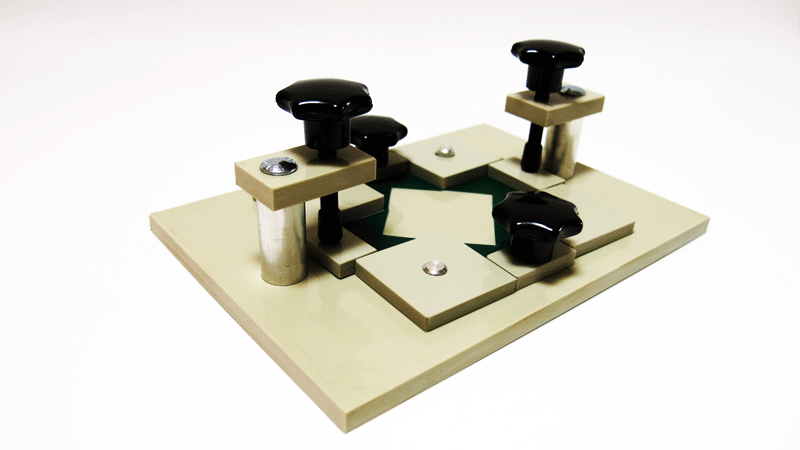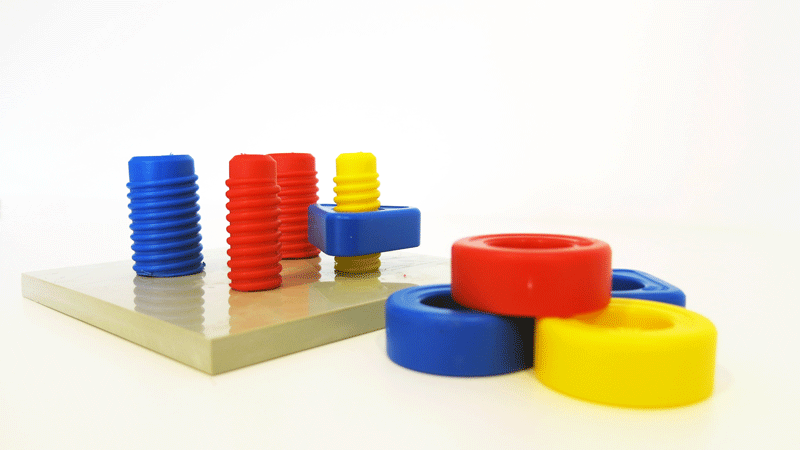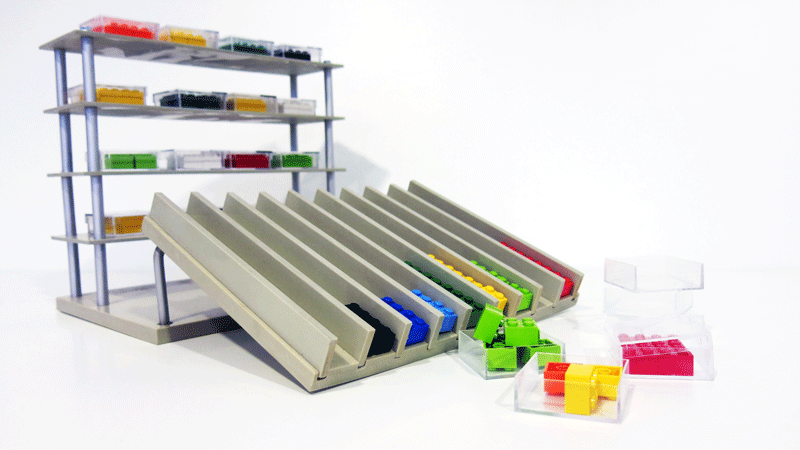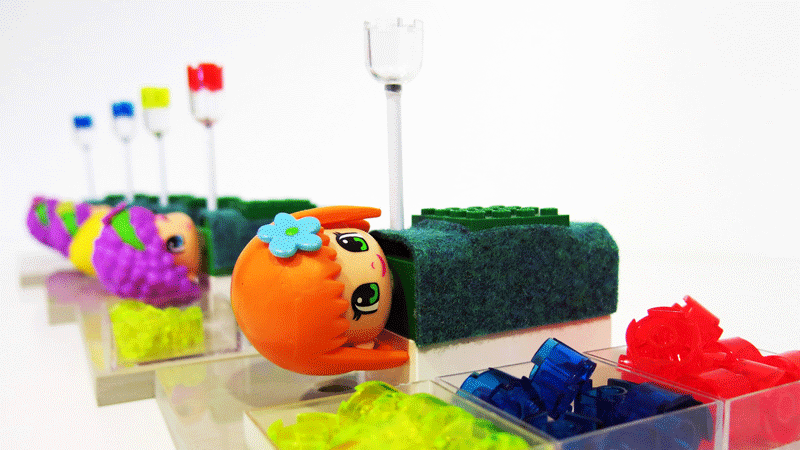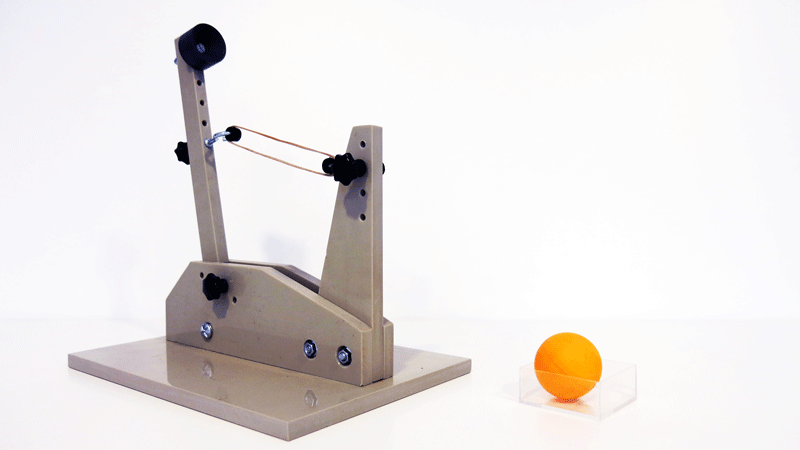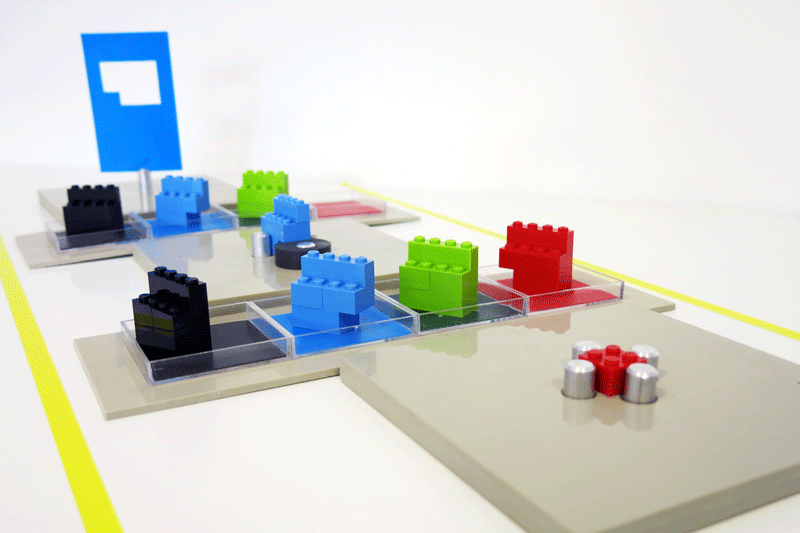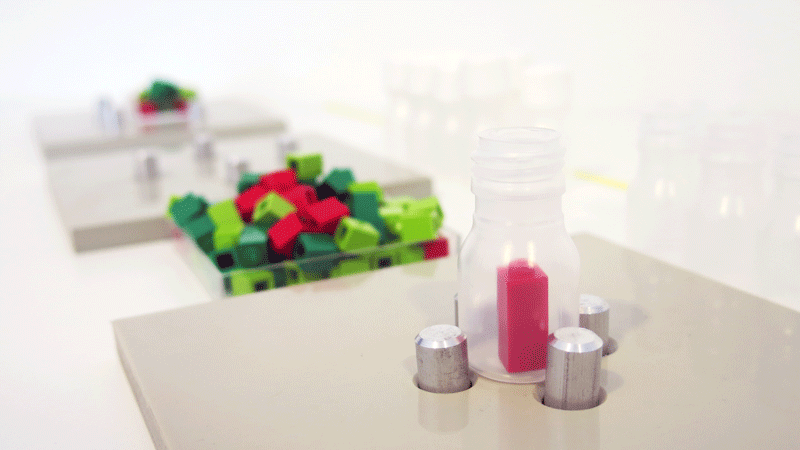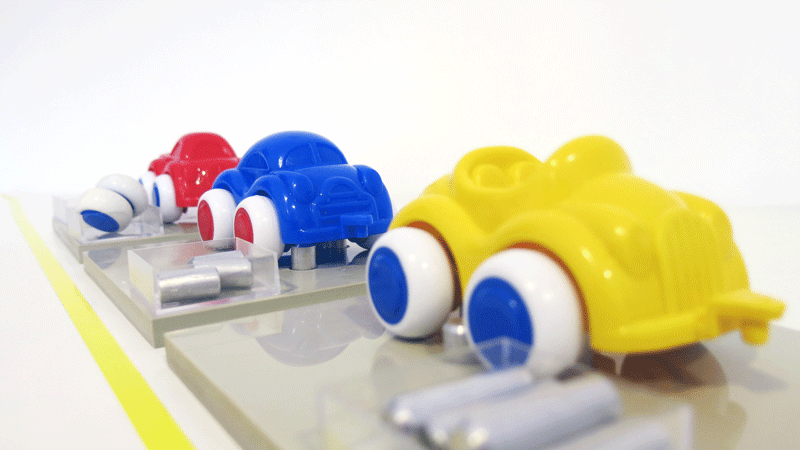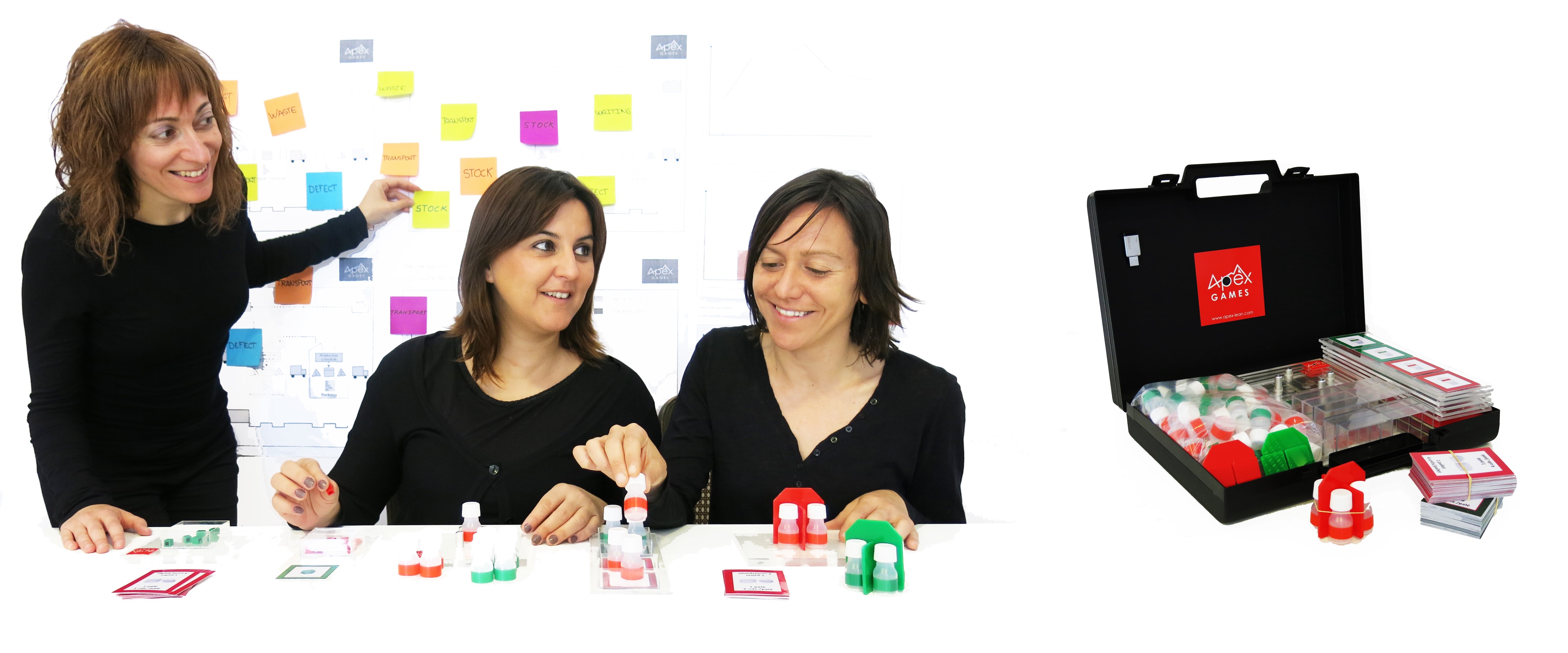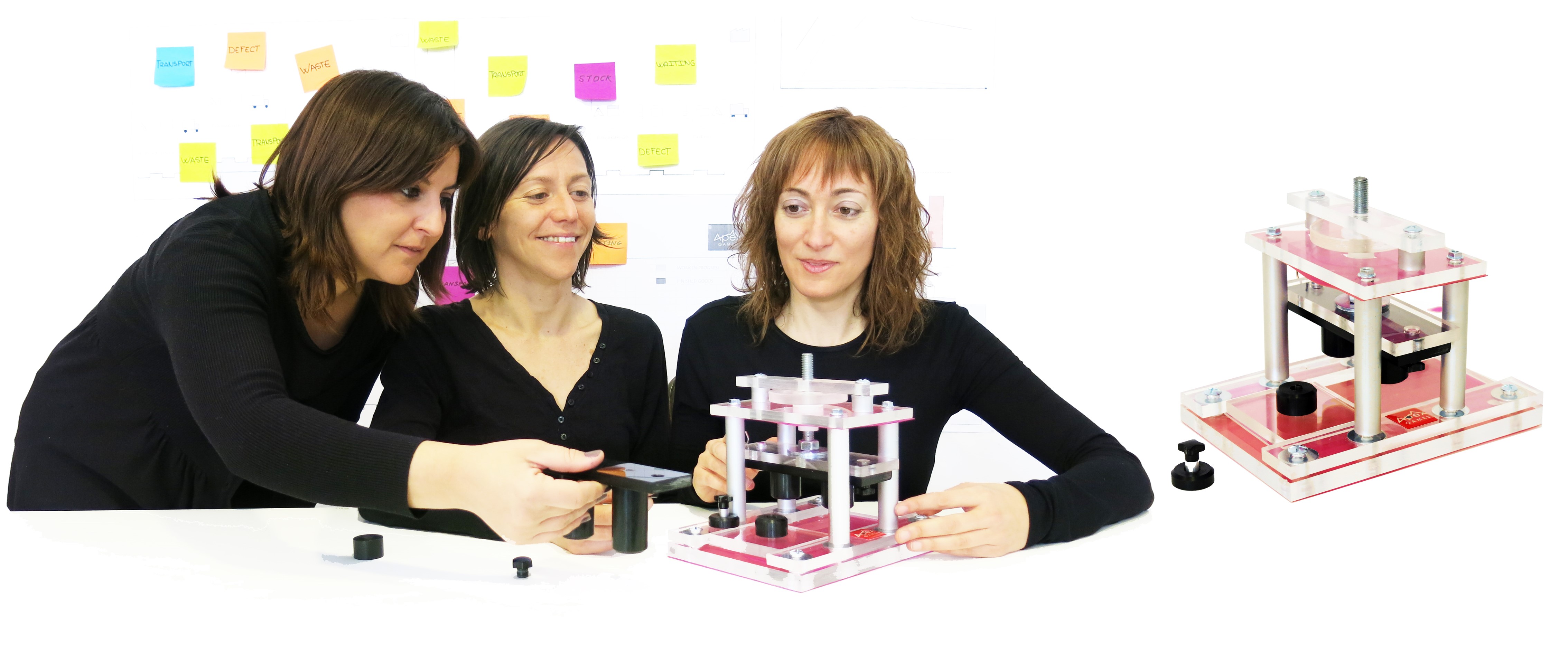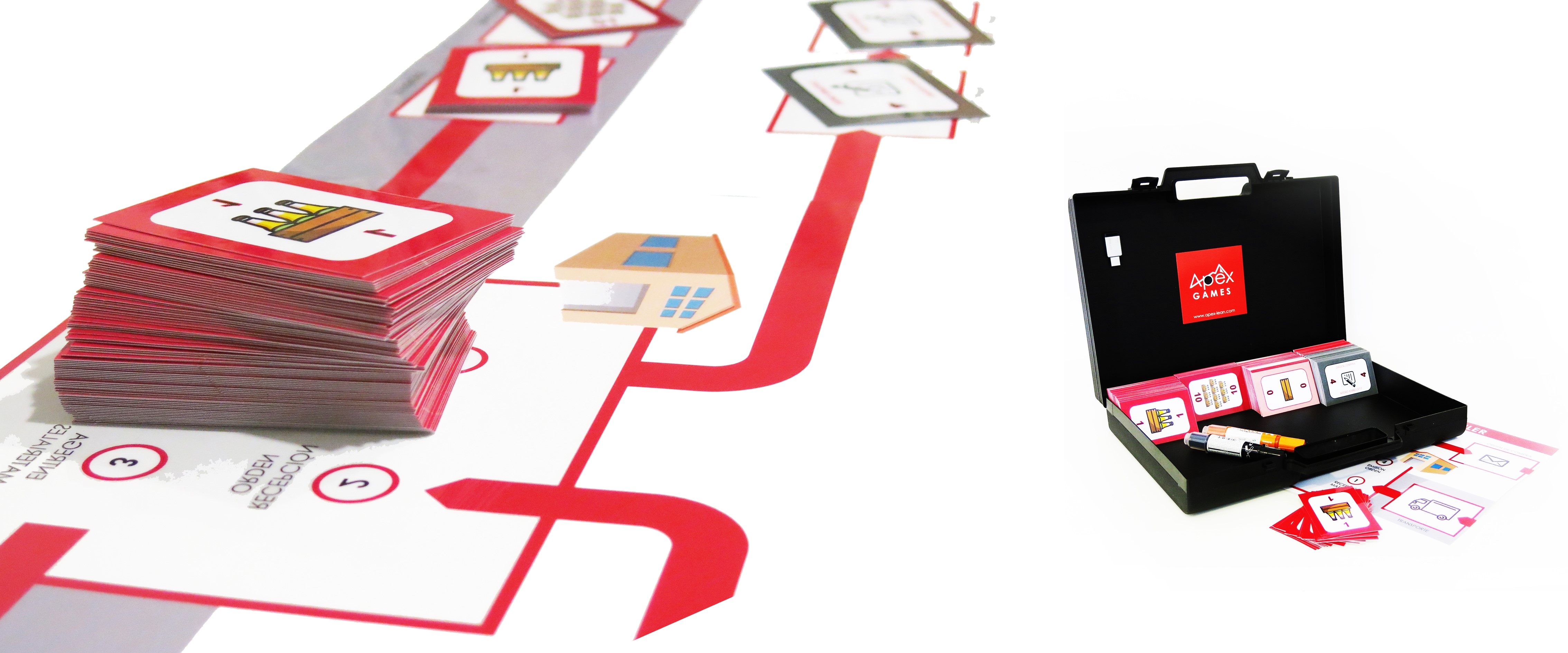The office staff is traditionally organized by departments each one specialized in different functions.Improvements in these areas are difficult to accomplish on account of the low visibility of the processes affected. This game shows the steps to be followed in order to reach the necessary visibility for these processes as a previous step before we undertake any optimization project. The use of techniques such as VSM, 5S, standardization and simplification of the operations will help to generate flow, and even pull flow , those being crucial factors to attain the improvements goals set for the process.
Reducing of changeover time is a key factor to lower inventories.SMED is a powerful tool which brings dramatic improvements in a short time. This game is organzed in four different phases.In each phase the participants are asked to apply gradually the basics of SMED methodology in order to reduce and standardize changeover timesThe game is designed in such a way that the progress associated to each individual action can be clearly noticed.
Job strandardization as a result of the correct application o 5S turns to be the first step to improve processes both in offices as muchas in factories. This game shall be played by two participants whcich compete among them in the assembling of a finished product following instructions and using the necessary materials contained in a tool box.In one case the instructions are graphically displayed and the required materials are carefully arranged inside the box, while in the other case the instrutions are handed out in writing and the materials in the box are stored in a complete mess.
Warehouses are traditionally one of the least standardized areas in most companies. This simulation emphasizes the need for optimization of storage and handling operations through the analysis of each individual element involved in this process. The game is arranged in three phases.The application of different "lean" techniques to each of these phases would contribute to better up the results of the process. As an added benefit,it provides a clear understanding on the best ways to improve all the warehouse operarions using lean tools on an as-needed-basis.
Healthcare processes are normally split in a number of different areas each one organized according to specialized services.This game simulates an entire process in which patients suffering from various pathologies must go through different services: surgery, reanimation, radiology and some of the typical administrative services like admissions. This exercise portrays the usual problems arisen from a poor synchronization between different sevices and provides a clear vision of the impact these inefficiencies produce onto the patient.The successive application of "lean techniques" as VSM, 5S, Kanban poka yoke will lead to sizable improvements on quality, productivity and efficiency all over the entire process.
Catapult is a well known exercise widely used in the course of trainings designed to assess and eventually reduce the variabiliy of processes. This game seeks the optimization of a process based on throwing a ball at a predefined distance. Progressive improvements will be accomplished by adjusting the parameters of the machine to specific positions.
This simulation displays a process consisting of three workstations. It allows to understand the sequence of implementation of the most important lean methodologies development of the simulation steps helps to visualize how to make an effective use of various "lean" tools:VSM, 5S, SMED, one-piece-flow, kanban and pull flow. The kit includes a set of charts and tables to be used as monitoring indicators to measure the benefits and/or losses attained at each phase of the game.
Model taken for this simulation is a supply chain distributing two different products.This scenario is very convenient to understand the kind of problems faced by any company routinely managing end-to-end logistic operations. The progressive implementation of improvement tools clear the way towards the optimization of all the production and logistic processes throughout the chain. Using the VSM end-to-end tool as the right framework, this simulation provides a clear understanding of the impact caused by the the introduction of 5S, batch size reduction, improvements on materials and information flow, and the use of standardized milk run transport.
This exercise shows the right way to design work stations as part of one particular production process. Over the different steps of the game the trainees will transform the organizational chart of the company (originally standing on specialized sections) to a brand new structure namely the production cell which connects effieciently all the sctors of the flow as it responds efficiently to the needs of said flow. Basic lean techniques such as VSM, 5S, workload balance, standard work definition, kanban and mizusumashi are routinely used in this simulation.
Back in the 1960's professor Jay Forrester studied this phenomenon which is widely present in many organizations to such an extent that it may affect internal relations between departments or even the entire supply chain. Dealing with the forrester effect, this simulation rests in the competition set up between two different supply chains operating five facilites each. Each facility is supposed to manage its own customer demand, inventory levels, procurement operations and deliveries. Results achieved at the end of the simulation (level of service, profit and losses,etc) often give rise to big surprises.


 Español
Español Français
Français
